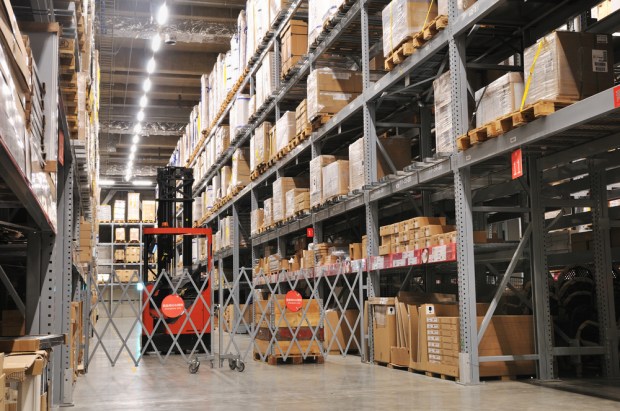Retail Waste Backlash Provides eCommerce Opportunity

Waste is becoming ever more of a vice, especially among younger consumers, and now regulators. And that seems likely to create new opportunities for certain types of online merchants.
News this week (June 5) from France supports those points.
There, according to The New York Times, authorities plan “to outlaw the destruction of unsold consumer products, a practice that currently results in the disposal of new goods worth 800 million euros, or more than $900 million, in the country each year. By 2023, manufacturers and retailers will have to donate, reuse or recycle the goods” under a program that the French prime minister called the first of its kind from any national government. Destruction of such goods would result in fines, at least according to the proposed law set for debate in July.
Amazon’s Role
Amazon apparently played a part, indirectly at least, in turning public opinion against such retail waste. The New York Times report said that French TV reporters “followed the path of brand-new, unsold goods destined for disposal at the online retailer Amazon’s warehouse near the eastern town of Chalon-sur-Saône. Plastic toys, a coffee maker and sealed packs of diapers were among the goods destined for destruction at the warehouse. Some were brought to waste management facilities and destroyed, and others were taken to a landfill, the investigation found.”
For its part, Amazon said it was working to “reduce the number of products for which there was no other choice but destruction,” and that only a “small fraction of its unsold goods were destroyed.”
Go beyond the blame game and it becomes apparent that such a law – assuming it really captures widespread consumer and political sentiment – could provide a boost for the sale of unsold, liquidated or surplus inventory via online and mobile channels. Already, the increasing rate of consumer returns in the eCommerce era – a trend sparked by fierce competition and liberal return policies, including by Amazon – is leading to more such web and mobile commerce sales.
Liquidation Trends
Online liquidation is nothing new, of course, but it’s gaining force and taking new forms, as the YouTube videos demonstrate. The idea is the oldest in retail: Buy low – very low, in fact – and sell high, usually via eBay and other online marketplaces. The gamble does not pay off for everyone, including hopeful amateurs who often see a quick path to riches, as a recent article in The Atlantic about the “reverse supply chain” described. But the opportunities are real.
Investors have taken notice. Last year, for instance, B2B marketplace operator B-Stock, as reported in a PYMNTS interview with its CEO Howard Rosenberg, raised $65 million from Spectrum Equity.
Retailer overstocks and excess inventory help to drive B-Stock, which facilitates the sale of some 70 million items each year via online auctions of various product categories and types. The auction format, according to the company, encourages greater demand, higher pricing and a faster sales cycle, while allowing for greater control over the process.
Much like the case with so called “recommerce” – that is, the selling of used items such as apparel and electronics online, the subject of another recent PYMNTS Deep Dive – the recession that started in 2008 helped bring more consumers to the online liquidation market. And a new recession, as anticipated by many observers, is certain to make such online activity even more attractive to companies and consumers interested in those discounted goods.
The online liquidation market promises to grow in the coming years, with the amount of returns expected to exceed $1 trillion within the next few years, according to an estimate given by Tobin Moore, CEO and co-founder of reverse logistics technology company Optoro, in a CNBC interview.
The holiday shopping season, of course, sparks a surge in returns, many of which eventually find their way to the online liquidation market. According to Gartner Research, less than half of returned goods are resold at full price. That said, only 23 percent of retailers employ software to manage returns and their resale, according to Optoro.
But the prospect of earning revenue on returned, overstocked and similar goods – if only to offset storage and other costs – is becoming more attractive to more eCommerce operators, according to reports and analysts.
Now, regulators are getting into the game, as the news from France shows. As that pressure continues, and as younger consumers come of age and bring with them their negative attitudes about waste, it seems likely these trends will gain even more fuel and influence the future of eCommerce.
